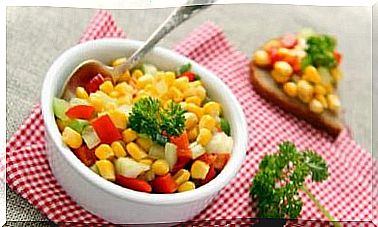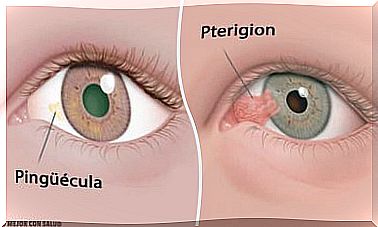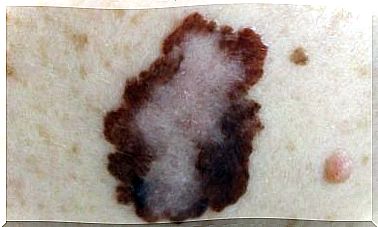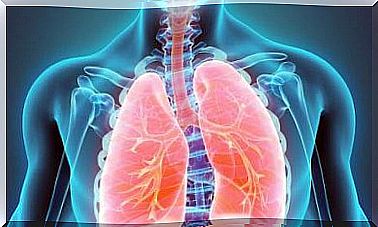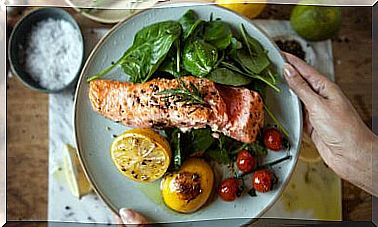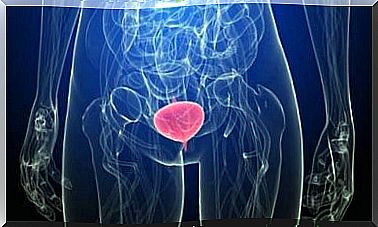Whole Grains That Should Be In Your Diet
Whole grains are increasingly used in our diet. This is due to its large number of properties and benefits that they provide to our body.
In this article we will show you which are the most common cereals where we can find these whole grains. In addition, we will briefly tell you its main characteristics and its different uses. If you are curious about this type of food, keep reading. You will not regret!
5 types of cereals where to find whole grains
1. Whole wheat
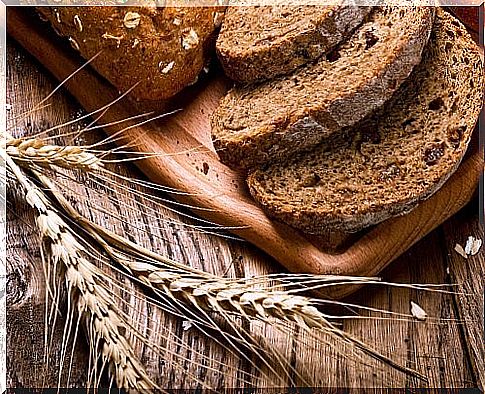
Characteristics
Research has shown that consuming whole wheat leads to increased relaxation, decreased bowel transit time, and a possible reduction in the risk of colorectal cancer.
Applications
These whole grains can be eaten in salads, stir-fry with vegetables, or as bread. In the latter case, it is advisable to look for one that is prepared with whole wheat.
2. Brown rice
Characteristics
Sprouted brown rice is considered healthier than white rice, as it is not only richer in basic nutritional components such as vitamins, minerals, dietary fibers, and essential amino acids, but it also contains more bioactive components, such as ferulic acid, γ- oryzanol and gamma aminobutyric acid. Additionally, sprouted brown rice exhibits many physiological effects, including antihyperlipidemia, antihypertension, and reduced risk of some chronic diseases, such as cancer, diabetes, cardiovascular disease, and Alzheimer’s disease.
Applications
Brown rice can be combined with any type of food. An example is rice salads. You can even eat it on its own!
3. Oatmeal
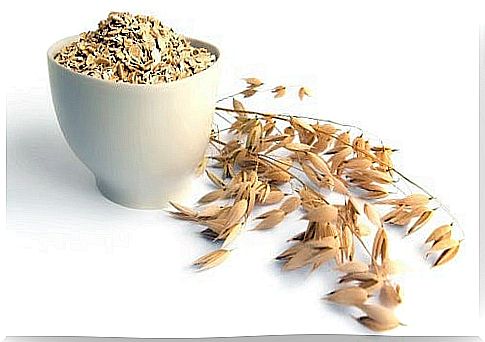
Characteristics
Oatmeal is known to be a heart healthy food mainly due to its high content of β-glucan. Plus, they contain more than 20 unique polyphenols. Polyphenols in oats have also recently been shown to exhibit anti-inflammatory, anti-proliferative, and anti-itch activity, which may provide additional protection against coronary heart disease, colon cancer, and skin irritation.
Applications
These whole grains are usually presented in the form of flakes and can be prepared with fruit and honey, yogurt, cooked with cinnamon, etc. It can even be consumed at any time of the day.
4. Whole rye
Characteristics
Rye contains compounds such as sterols, folates, tocopherols and tocotrienols, alkylresorcinols, lignans, phenolic and phenolic acids that we cannot find in white wheat flour, for example.
Applications
These whole grains are highly sought after, especially in breads. Research has shown that rye contains more nutrients than any other type of cereal. Therefore, it does not really matter what time of day it is consumed.
5. Corn
Characteristics
Corn has unique nutrient and phytochemical profiles compared to other whole grains. The nutrients and phytochemicals in corn include vitamins (A, B, E, and K), minerals (Mg, P, and K), phenolic acids (ferulic acid, coumaric acid, and syringic acid), carotenoids and flavonoids (anthocyanins), and dietetics. fiber. Increasing scientific evidence has shown that regular consumption of whole corn reduces the risk of developing chronic diseases such as cardiovascular disease, type 2 diabetes and obesity and improves digestive health.
Applications
On the other hand, corn is versatile, rich, and can be a lot of fun to eat, especially popcorn. However, it is recommended to consume organic corn to avoid pesticides and the decrease in nutritional properties of genetically modified foods.
In short, whole grains have health benefits that other foods do not. That is why it may be advisable to include them in our diet. In any case, if you have health problems, we recommend consulting your doctor before making any changes to your diet.
